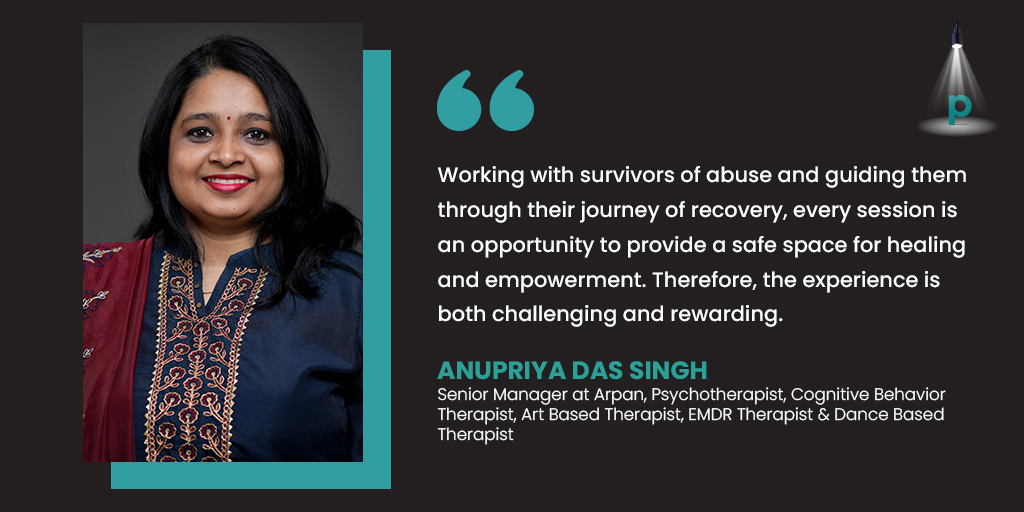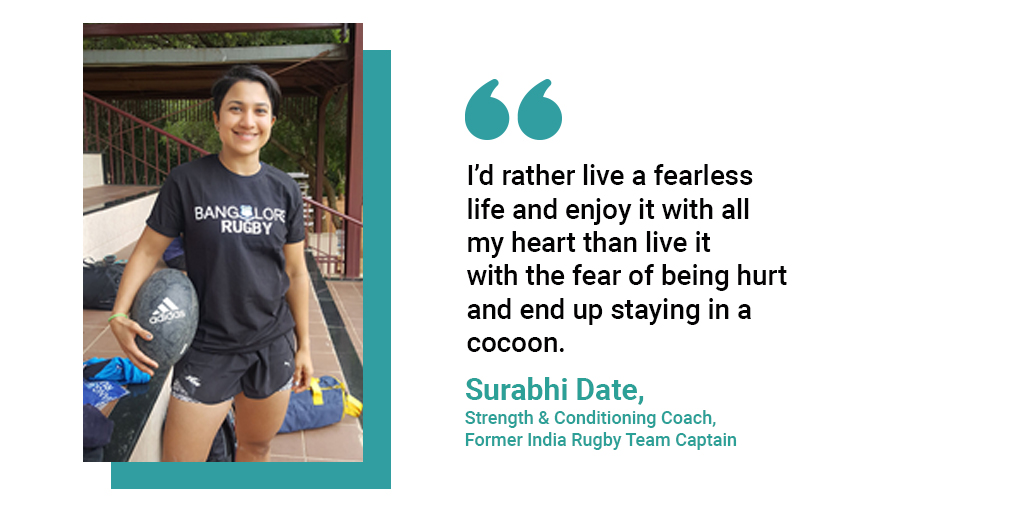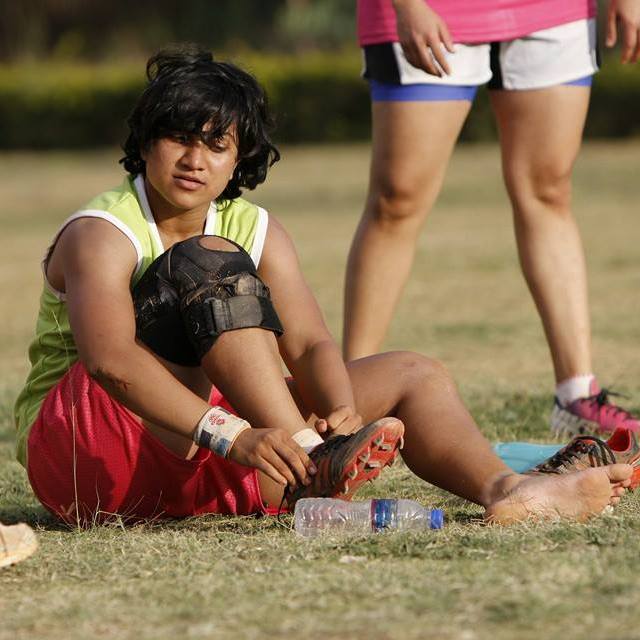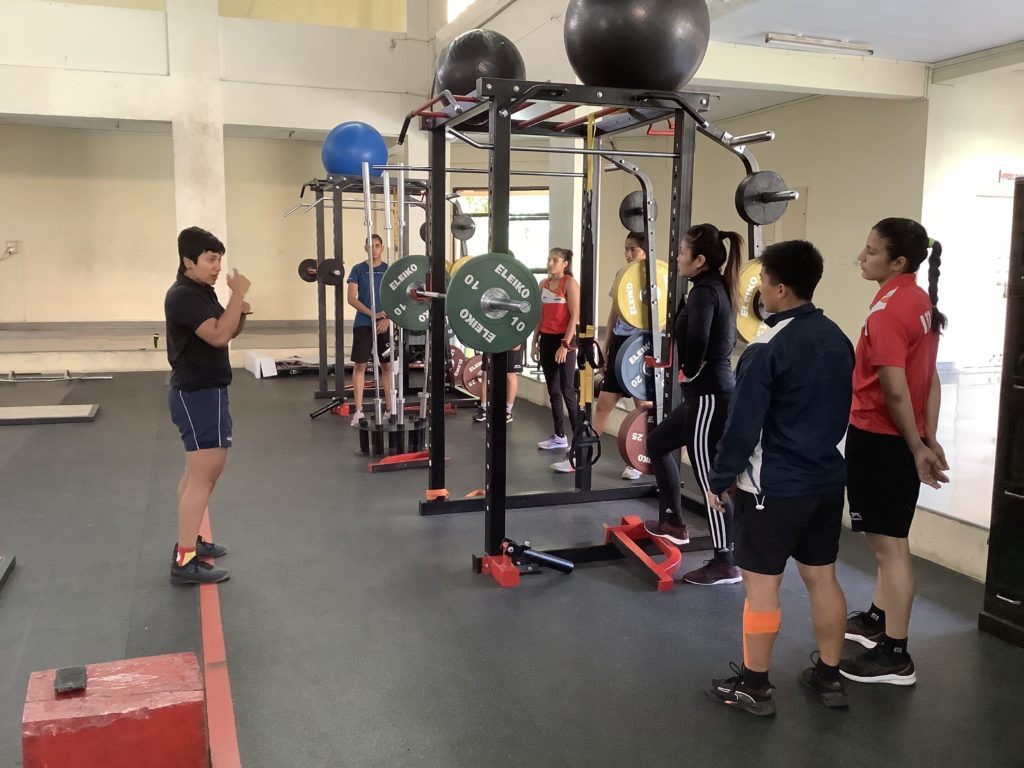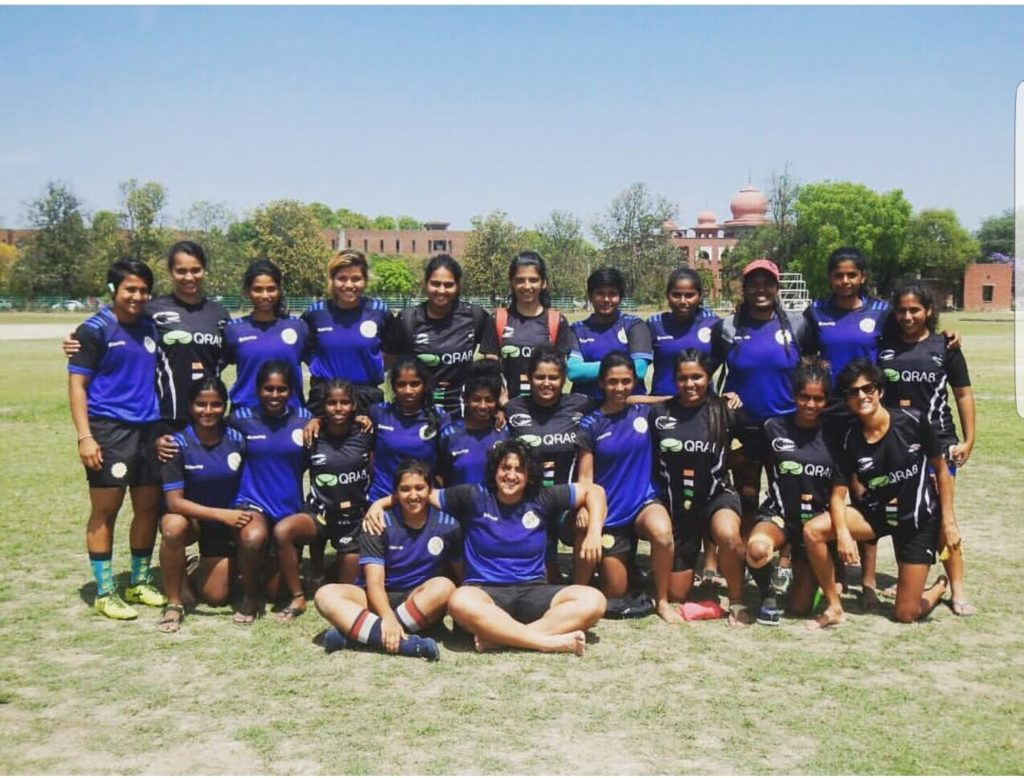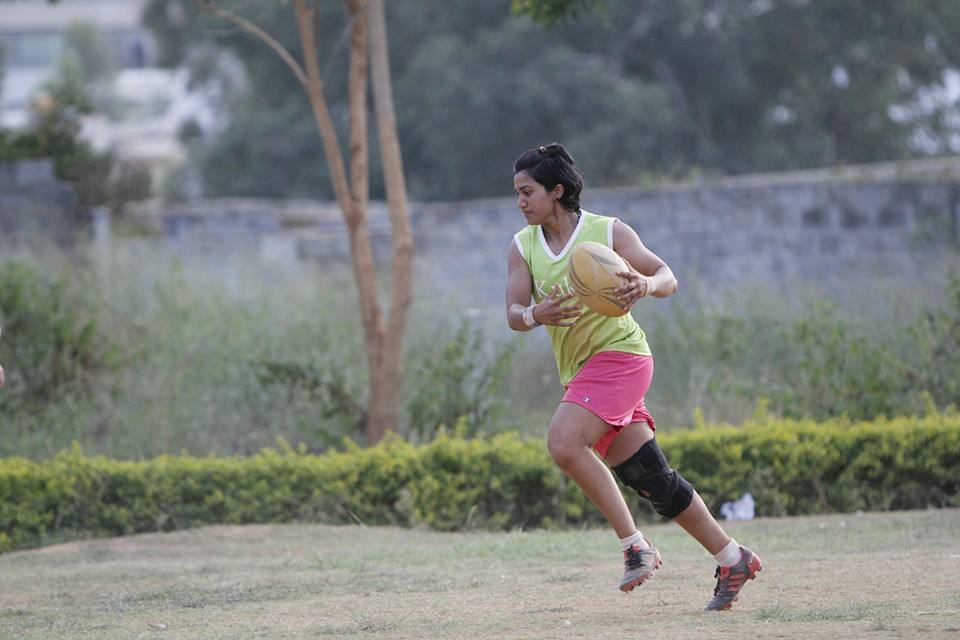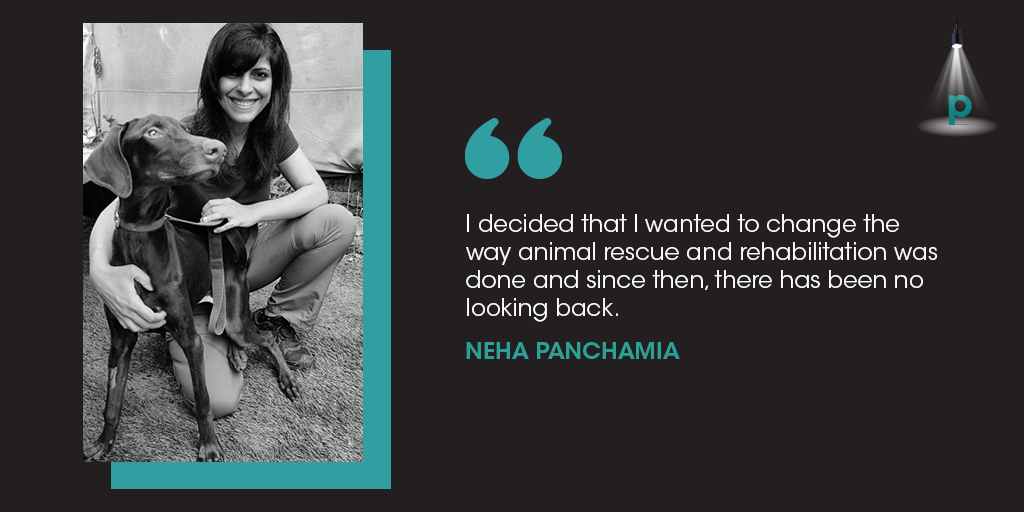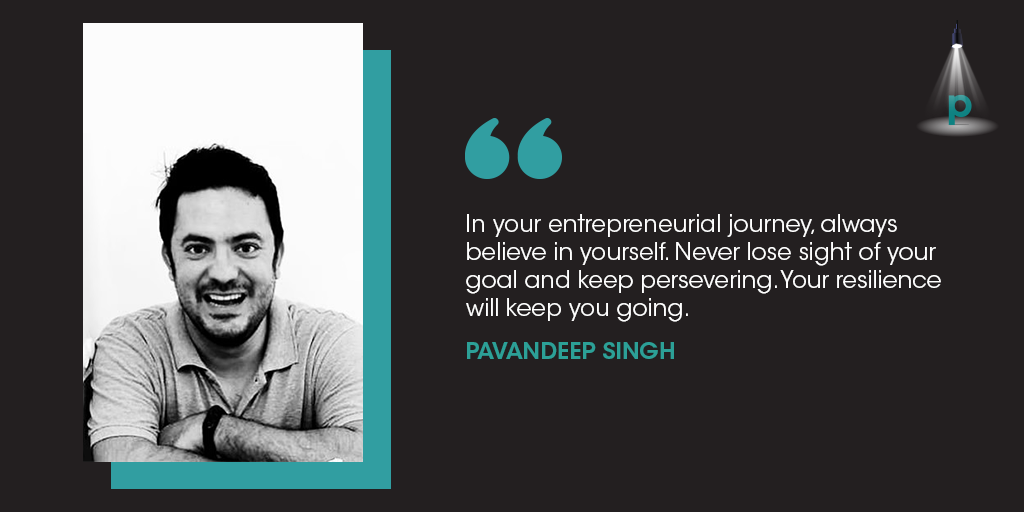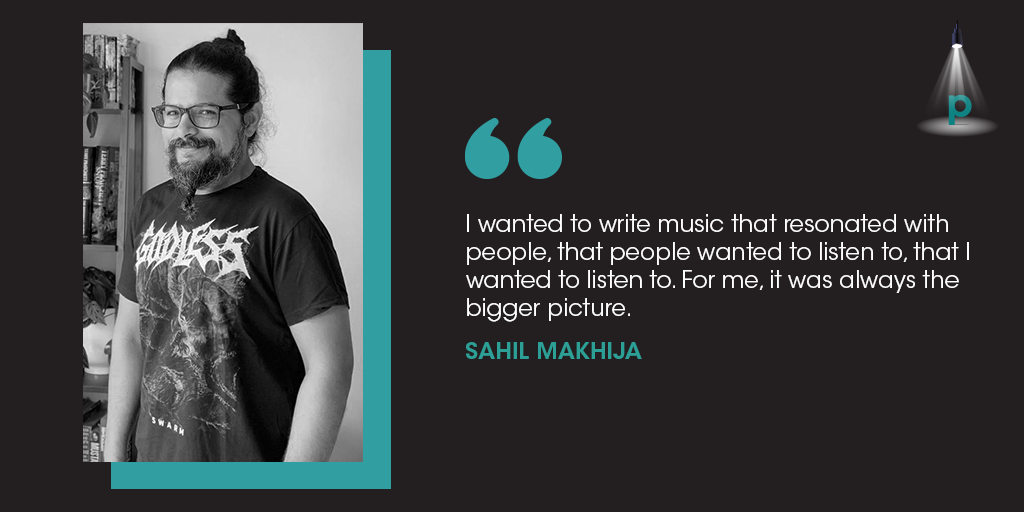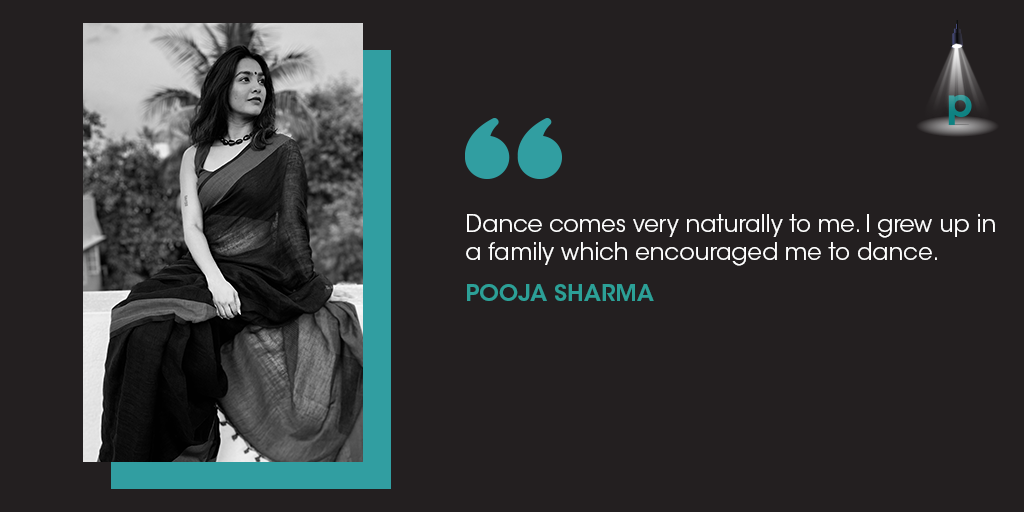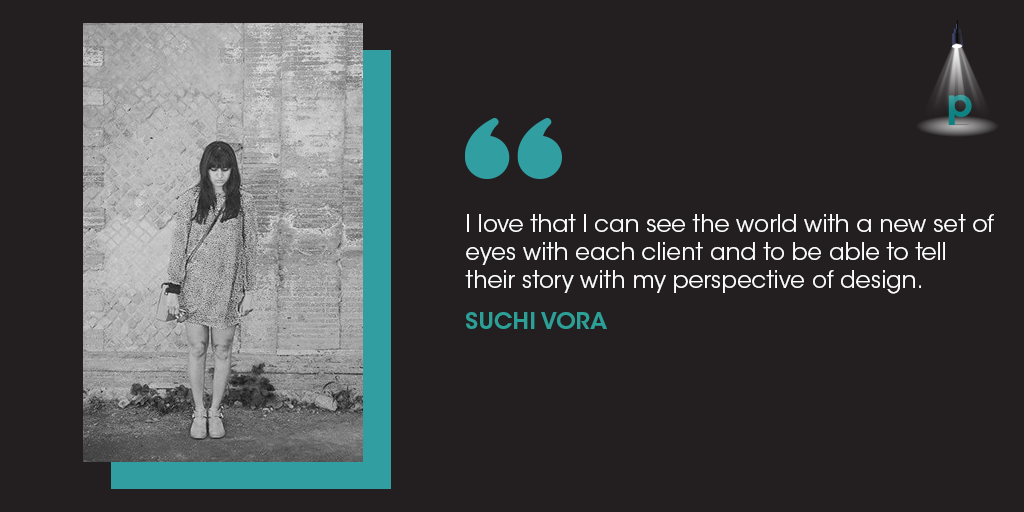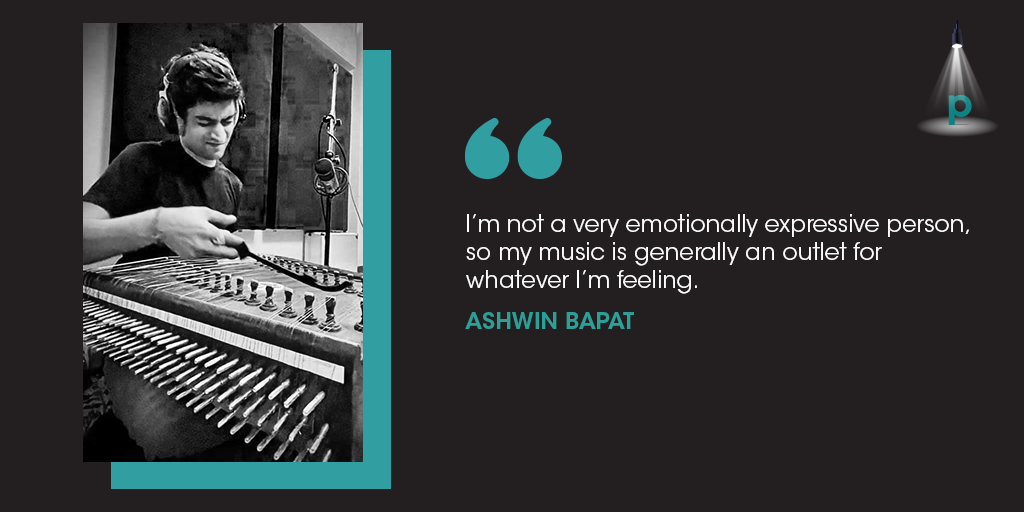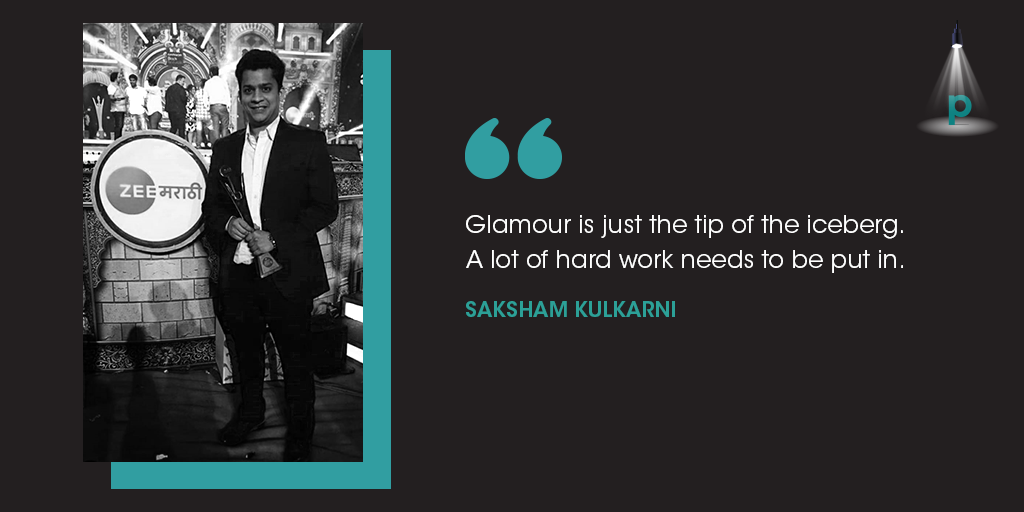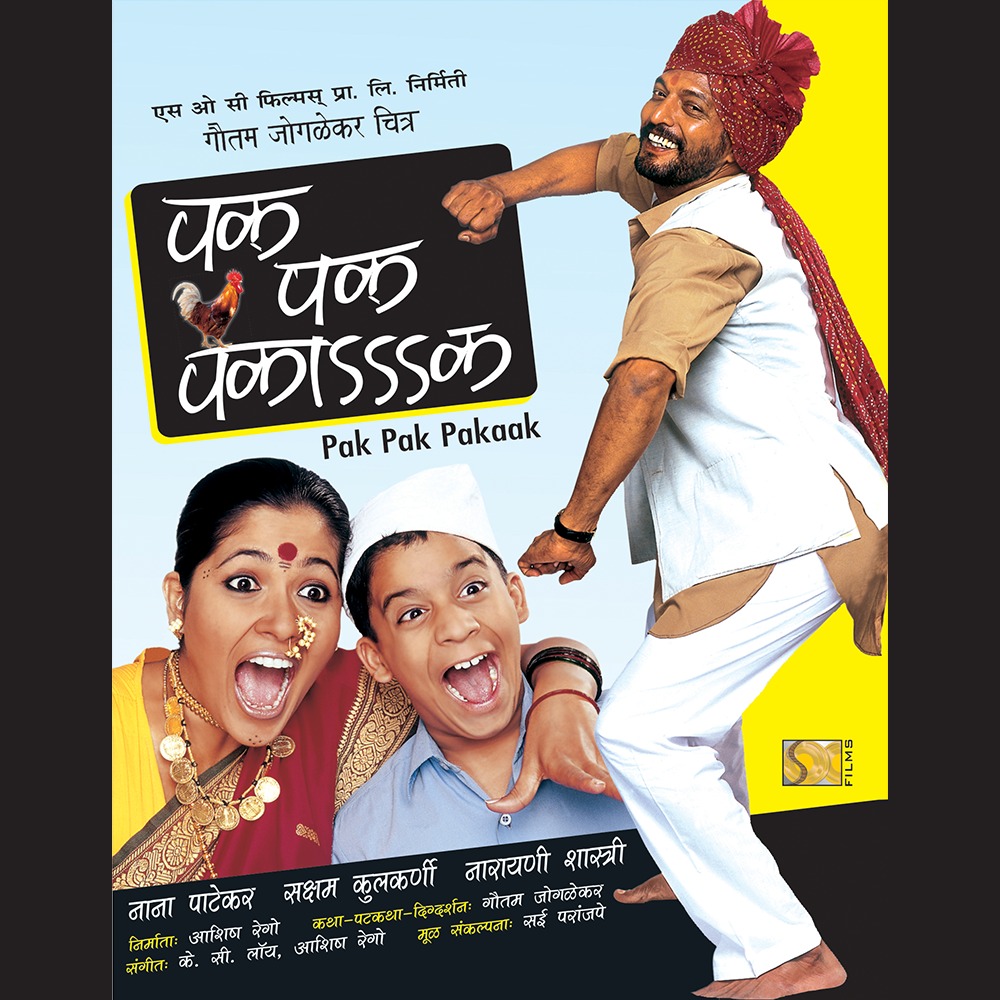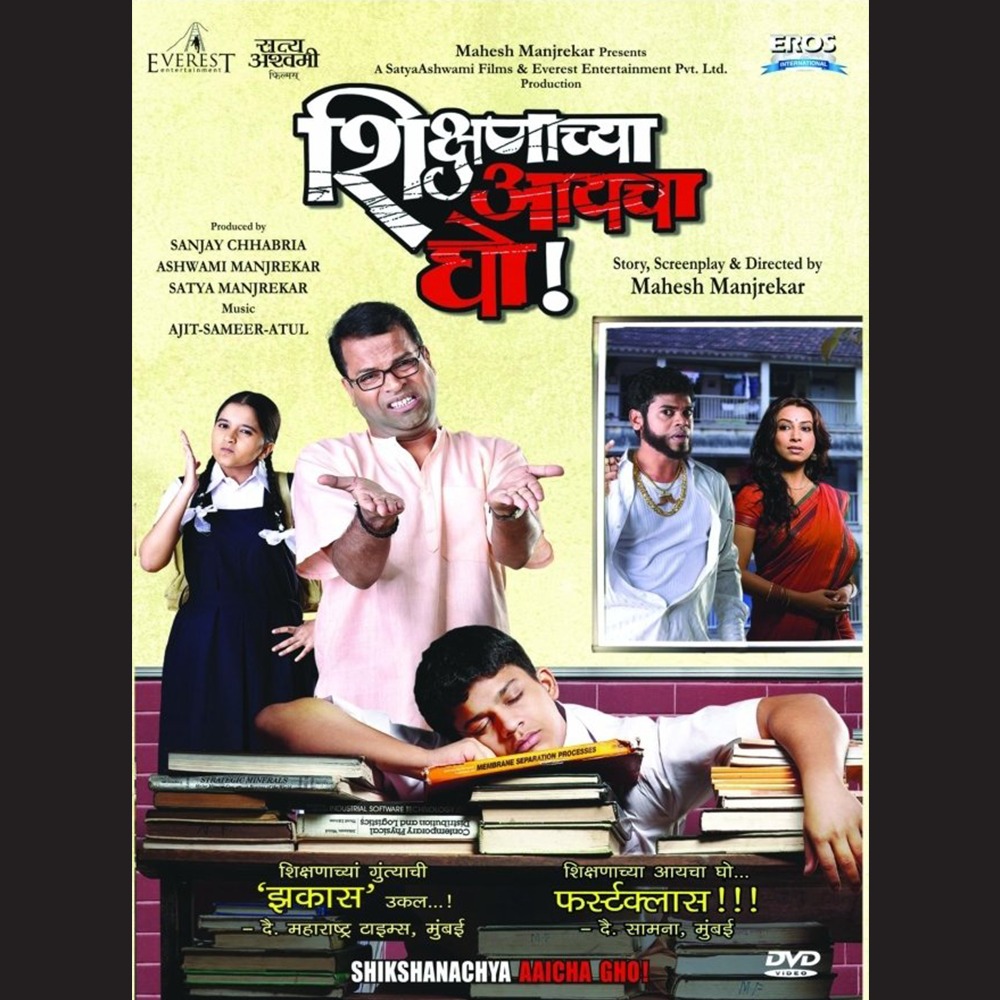Postcard Spotlight is an interview series showcasing young leaders and creative minds who are making their mark with their unique talent and drive.
In the Spotlight, this week is Anupriya Das Singh, Senior Manager, Arpan. She’s a Psychotherapist with more than 17 years of experience in clinical practice. She counsels children and adults with behavioural concerns, mental illness, and trauma. A member of ‘Association of Counsellors and Psychotherapists, India’ and of “EMDR Association of India, and she firmly believes that mental health should be a part of the curriculum at every school. Read further to learn how Arpan’s healing team takes up trauma counselling effectively.
1. Could you describe your experience working as a counsellor with survivors? (Child & Adult)
As a counsellor working with survivors of abuse and guiding them through their journey of recovery, every session is an opportunity to provide a safe space for healing and empowerment. Therefore, the experience is both challenging and rewarding. Here is a glimpse into what such an experience might entail.
Arpan’s Personal Safety Education (PSE) programme provides schoolchildren with the knowledge, attitude and skills to identify safe and unsafe touches and situations, say ‘No’ and get away and seek help from helpful adults. If a child discloses abuse after undergoing the lesson plans, the following steps are taken:
- If a child discloses any unsafe situation, the child is referred for counselling/therapeutic support so that the child feels safe in the present environment. In this step, the counsellor works with the child to attain emotional self-regulation.
- After the child is emotionally stable, various trauma-focused therapies, such as Eye Movement Desensitization and Reprocessing (EMDR), Trauma-Focussed Cognitive Therapy or Art therapy, are used to work on the incident trauma.
- These approaches help children and adults process traumatic memories, re-frame negative beliefs and reduce distressing symptoms.
2. What are some of the emotional and psychological challenges that survivors face, and how do you help them address these challenges?
Sexual Abuse Survivors can face a range of emotional and psychological challenges. The Traumagenic Dynamics Model (Finkelhor and Browne 1988) which is a comprehensive model for understanding the trauma of sexual abuse and its short and long-term effects divides the impact into the following domains:
- Traumatic sexualisation – Child Sexual abuse can lead to a distorted understanding of sexuality. Survivors may associate sexual behaviours with fear, confusion, and manipulation rather than healthy, consensual interactions.
- Stigmatization – Survivors often feel a sense of shame and guilt due to the societal stigma around sexual abuse. This can lead to self-blame and contribute to the child’s emotional distress.
- Betrayal – Sexual abuse involves a fundamental betrayal of trust, as the abuser is often a person the child should have been able to rely on for care, protection, and support. This betrayal can shatter the sense of safety and undermine their ability to trust others.
- Powerlessness – The child experiences a significant power imbalance between themselves and the abuser. This powerlessness can have lasting effects on the child’s self-esteem, self-efficacy, and sense of agency.
If not addressed on time, the impact may result in symptoms of PTSD (Post-traumatic stress disorder), depression, panic attacks and suicidal thoughts/self-harm behaviour.
A therapist works in a systematic manner that starts with building a trusting relationship with the client. The next step is to help the client stabilise and help them identify existing coping skills and build newer resources. After the client is able to practise emotional regulation, the above domains of impact are addressed and all the associated trauma memories are processed. This is a long-term process and may take months to years to completely heal.
3. What role does early intervention play in mitigating the long-term effects of abuse?
Early intervention plays a crucial role in the healing process. When we conduct PSE in schools, we teach children about personal safety. We also provide early intervention to those children who have faced an unsafe situation. The effects of trauma take deeper roots in a child’s psyche and manifest into behaviour in the form of trauma response if the child does not receive immediate emotional support.
For example, if a child is abused and not supported, the child may experience a wide range of emotions erratically and not know how to process these emotions. These unprocessed emotions can display themselves in behaviours such as withdrawal, anger outbursts, temper tantrums, loss of focus or suicidal thoughts. When we intervene early, we can reduce the lasting impact of the abuse by providing the child with immediate care and helping them heal.
4. How do you adapt your counselling techniques while working with children of different ages?
Building a trusting and supportive therapeutic relationship is fundamental across all age groups. Children’s cognitive, emotional and social abilities vary significantly across age groups. Every child is unique; therefore, while working with children of different ages, it is important to adapt our counselling techniques to their personality, developmental stage and specific needs. It is also essential to ensure that the therapy is developmentally appropriate, engaging and effective.
For example, with very young children (under 8 years), play therapy is widely used. Since children don’t understand complex or abstract concepts, it is important that both action and information are simplified to the level of the child’s understanding. Using toys, art and activities can help engage children in their healing process as well as help them express themselves. The language used is simple and easy to ensure that they understand. In addition, plenty of work is done to help them identify and express their feelings appropriately.
As children grow older (8 and above), they are able to understand and express emotions better and have more clarity of abstract concepts. Hence while working with older children, a lot more verbal communication is used. A greater number of advanced coping skills, such as mindfulness, deep breathing and progressive muscle relaxation, are taught. Worksheets that encourage self-reflection and emotional expression are also used. Certain psychological concepts such as safe and unsafe relationships, use of metaphor and storytelling that foster healing are used either in the form of psychoeducation or activities.
5. What is the long-term impact of trauma and abuse on a survivor?
The long-term impact of trauma and abuse on survivors can affect their physical, emotional, cognitive and social well-being. It is important to note that the effects of trauma and abuse vary based on factors such as the nature and severity of the trauma, the survivor’s resilience, available support and the timing of the traumatic event. Here are some common long-term impacts:
- They may experience emotional or psychological effects such as flashbacks, nightmares, hypervigilance and avoidance behaviours related to the traumatic event.
- Some may feel chronic anxiety, panic disorders and major depressive episodes as well.
- In severe cases, the survivors may develop dissociative symptoms, such as feeling disconnected from reality or detached from their own experiences. These experiences often result in mood swings, difficulty in regulating their emotions, and intense emotional reactions. The survivor may resort to maladaptive coping, such as addiction or self-harm behaviours.
- Some of the major effects seen are difficulty in trusting oneself and others or forming healthy relationships.
- Survivors may be more susceptible to physical health problems due to chronic stress, which can impact their immune system.
It is important to emphasise that while these impacts are common, they are not inevitable. Many individuals are resilient and can work towards healing and recovery with the right support and therapeutic intervention. Professional help, such as trauma-informed therapy and counselling, can play a crucial role in mitigating the long-term effects of trauma and abuse and help survivors regain a sense of control, well-being and lead a quality life.
6. How do you handle situations where a child’s disclosure of abuse implicates a family member or caregiver?
Handling situations where a child’s disclosure of abuse implicates a family member or caregiver requires utmost sensitivity, caution and a focus on the child’s safety and well-being.
It takes a lot of courage for the child to disclose the incident of abuse to a support system, and if this disclosure is not handled well, it can re-traumatise the child. There are certain steps one can follow while handling disclosure:
- The first and foremost step is to reassure the child that they did the right thing by sharing their experience.
- Offering a safe and non-judgmental space for them to express their feelings helps them feel validated.
- The next step is to ensure the safety of the child. This can be done by engaging with the child’s support systems, such as non-offending family member/child support services.
- Whatever support plan is initiated, the child needs to be made aware of all those steps so that the child is prepared for it.
- It is crucial to offer constant emotional support to the child throughout this process.
- It is important to let them know that they are not alone and that there are people who care about their well-being.
7. What can parents/ teachers/ caregivers do to create an environment that empowers children to speak up about uncomfortable experiences and abuse?
Creating an environment that empowers children to speak up about uncomfortable experiences and abuse is crucial for their safety and well-being. Here are steps that parents, teachers and caregivers can take to foster such an environment:
- Encourage open, non-judgemental communication from an early age.
- Let children know they can talk to you about anything and that their feelings and thoughts are important.
- Educate children on Personal Safety so that they can identify unsafe touches, refuse and seek help.
- Teach them the proper names for body parts, including Private Parts so they can communicate about any uncomfortable experiences more effectively.
- Make it clear that no one should ask them to keep a secret about something that makes them uncomfortable.
- Encourage them to say ‘No’ when something feels wrong and to seek help
- Teach them to trust their instincts and feelings and seek help from helpful adults.
8. What can counsellors/mental health professionals who work with survivors do to support their own mental health and well-being?
Counsellors and mental health professionals who work with survivors of trauma and abuse are exposed to emotionally demanding situations that can impact their own mental health and well-being. Practising self-care and seeking support are essential to maintain their emotional resilience. At Arpan, the following steps are taken to support our counsellors’ mental health.
- Weekly supervision: Continuous supervisory support is provided to the counsellors to enhance their current therapeutic skill set and to support them with their casework.
- Skill development: One of the things that can stress out a mental health professional is feeling low on confidence while handling cases. One can manage this by constantly upgrading the therapeutic skill set. Arpan provides opportunities for constant skill development by encouraging its counsellors to attend training sessions to enhance their skill set.
- Therapeutic allowance: All the counsellors at Arpan are encouraged to go on their own therapeutic journey to heal from any vicarious trauma.
- Healing and self-care activities: Arpan encourages counsellors to engage in consistent self-care practices to recharge and manage their own well-being. Counsellors are provided with a safe space to vent their feelings and also are supported to manage and regulate their emotions through diverse strategies. This could include exercise, mindfulness, hobbies (art, writing, music, or any activity they find enjoyable), spending time with loved ones, breathing exercises, meditation, and progressive muscle relaxation.
- Peer support: A warm and compassionate environment is maintained in the team, encouraging unrestrained sharing of thoughts and emotions and asking for support when needed.
9. Any resources (online or offline) that you could recommend which can help parents/ caregivers to converse with/ make their children aware about abuse?
Arpan conducts various training sessions with teachers, parents and other adults to make them aware of Child Sexual Abuse and teach them how to handle disclosure if a child discloses an incident of abuse. Additionally, Arpan hosts a wide array of resources on its e-learn website, www.arpanelearn.com. Anyone can access these resources for free to learn more about Child Sexual Abuse and Personal Safety.

